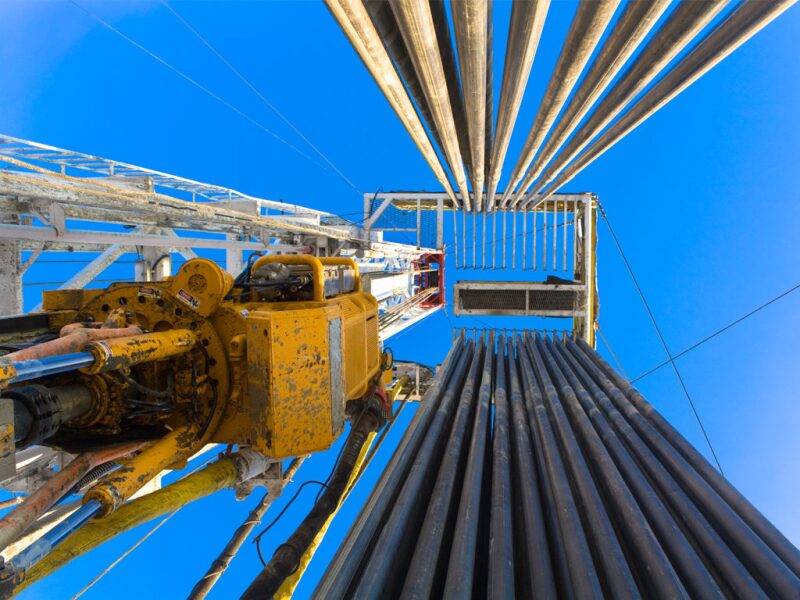While the drilling sector has seen a noticeable improvement in performance in recent years, particularly with regards to horizontal drilling and well placement, the completions sector has not seen a similar boost. As the oil and gas industry looks for new ways to extract value from assets, new technological advances may produce a significant improvement in efficient completion techniques, an expert said.
Speaking at the keynote luncheon of the SPE Deepwater Drilling and Completions Conference in Galveston, Olivier Le Peuch, president of completions at Schlumberger, discussed a possible approach for more efficient completions deployment.
Disruptive technologies are being introduced with significant impact on rig deployment, production assurance, and enhanced recovery. Le Peuch said that as the industry pushes for greater standardization in its operations, collaboration and integration between operators and service providers will be critical for its success.
Well completions technology has lagged behind drilling in terms of innovation and the pace of bringing new technologies to market. Le Peuch said this is largely because completions have not received as much attention from operators and service companies with regards to technology development. This lack of innovation has stifled the development of standard completions deployment strategies, and Le Peuch said the industry must rethink how it approaches technology in this area.
“Completions are still, as an industry, highly fragmented. Completions are not standardized in our industry at the same level drilling has reached. It has plateaued, and we need to change the game of completions technology,” he said.
Le Peuch said operators should strive to increase the operational efficiency and integrity of well completions, which should help lower costs and reduce risk. Maximizing well production performance and reserve recovery, and minimizing the costs in well intervention over the life cycle of an asset should also help with operational expenses.
Standardized deployment architecture is a key enabler of efficient completions. Le Peuch said that a lack of a standard approach adds complexity, which leads to increases in flat time. Advanced completions technologies will allow operators to adjust well architecture however they see fit and acquire real-time data without well intervention. If they do not adapt a simpler approach, Le Peuch said flat time will continue increasing to a point where it is fiscally unmanageable.
“I think the delivery of completions is still a very complex practice, and I think until we address it, and we look at the roles of integration and standardization from all parties involved, we will not reduce the flat time. We’ll keep adding 20 or 30 days to a basic completion, and we’ll soon start seeing completions of 30 days or more,” he said.
A greater focus on modularity and digital enablement in measurement and control platforms, along with modular construction of well barriers, will allow for more flexible completions deployment strategies, thus improving efficiency.
Because of their economic scope and the work required to operate them, offshore projects, particularly in deep water, offer a unique opportunity for efficiency gains through integration, collaboration, and the introduction of new technologies.

